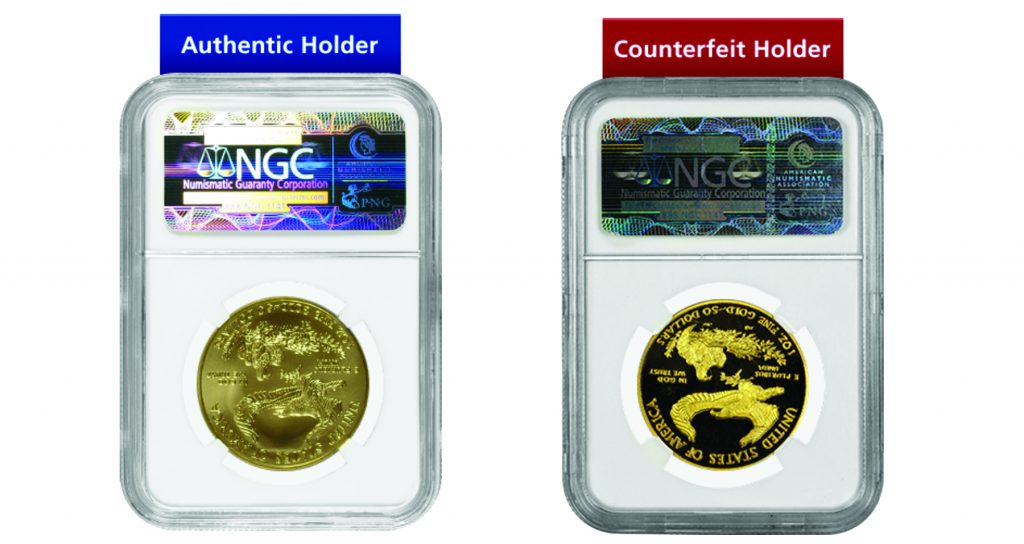By Jesse Robitaille
As Rocky Balboa once declared, “The world ain’t all sunshine and rainbows.”
While the fictional boxer was referring to the “mean and nasty” world in general, the statement also extends to specific matters, including numismatics. Like just about everything else, the hobby is ripe with misinformation and scams, and ongoing technological advancements and changing social norms – driven even further by the pandemic – can create an air of mystery and confusion.
Lying in the wake of all this uncertainty is the ongoing scourge of counterfeit coins, with which most collectors are chiefly concerned.
“They’re everywhere, and it’s every day,” counterfeit coin expert Mike Marshall, of Trenton, Ont., told CCN in 2015, eight years after he began campaigning against counterfeits. “The online markets have been inundated with them.”
Now, after about two decades of increased overseas counterfeit production, fake coins remain widely available through sellers on prominent e-commerce sites such as eBay and Alibaba. He has reported about 200,000 counterfeit coins to those websites’ officials since he started seeking out fakes in 2007.
While some people believe contemporary counterfeits should be off-limits to collectors (“Contemporary counterfeit debate causes one collector to leave hobby,” CCN Vol. 59 #8), others draw the line at modern counterfeits often produced in China.
“The problem is how to regulate them because let’s face it: I believe that contemporary counterfeits that were struck at the time of normal circulation are completely acceptable,” said long-time dealer Michael Findlay, who has served as the Canadian Association of Numismatic Dealers (CAND) president for nearly a decade and the CCN Trends editor since 2017.
“Cast counterfeits of Victorian coins or Edwardian coins that were struck at the time, they were meant to deceive in circulation and not meant to deceive as collector’s items. They should be collectible. The problem is where do you draw the line? And I think that you draw the line with stuff that’s meant to deceive collectors, which are the Chinese counterfeits.”
In recent years – since about 2008 – collectors have also encountered counterfeit slabs of major third-party grading services, leading some firms to redesign their holders with updated security features.
Last year, a New Jersey man who impersonated a U.S. federal agent while selling counterfeit coins received a 10.5-year prison term. Counterfeit items, including third-party grading service holders, seized during the investigation would have been worth more than $46 million US (about $58 million Cdn.) if they were genuine, according to the U.S.-based Anti-Counterfeiting Educational Foundation.
To read the full story and others in this issue, click here and subscribe now.
Already a subscriber? Click here to continue reading in the digital format.

